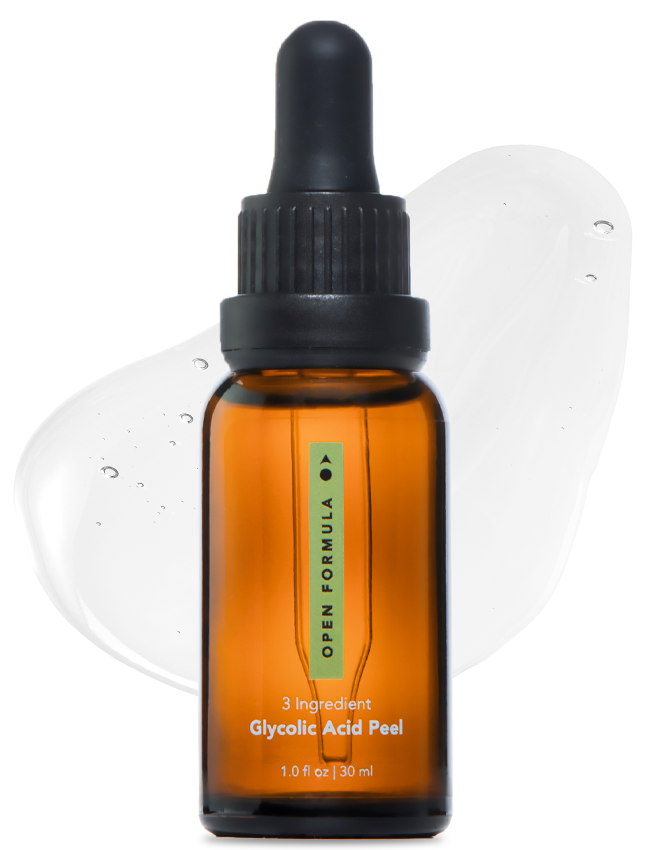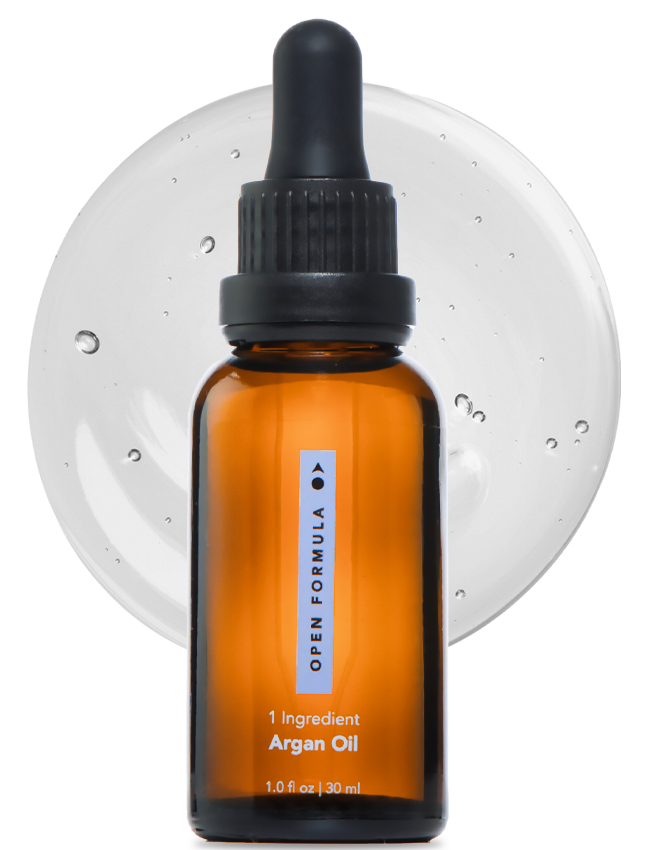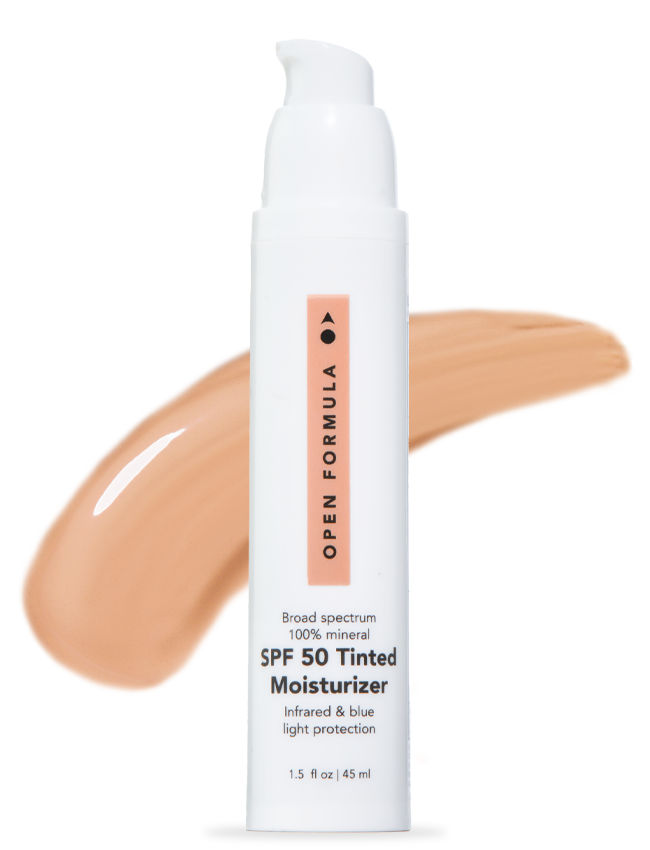For oily and acne-prone skin, clay masks can deliver dramatic visible results. While aging skin will benefit more from a nourishing, cream-based mask. Let’s get clear about how often should you use a face mask and what type is the best.
Clay Masks
Clay masks, in particular, are great for acne-prone and oily skin. Clay absorbs excess sebum and decongests pores for smoother, less greasy skin. Clay also plays well with mild exfoliators, boosting what they can do for skin. This double de-greasing and exfoliation effect can help refine pores for flawless looking skin.
Nourishing Masks
Masks are a great way to deliver a targeted shot of potent ingredients to the skin by using a nourishing mask. These masks are typically richer and creamier in texture, and they don't dry down like clay masks. Nourishing masks have a moisturizing base and active ingredients, making them better suited for normal, dry skin types.
How to Do A Face Mask
When it comes to using any face mask, it's crucial to start with a clean slate. You want to give all the ingredients in the mask the best chance to work. That means you've gotta start with a clean face. Pro tip: we recommend using a cleansing oil to ensure that there isn't a speck of dirt left on your skin before masking. A clean face is the first step for every single skincare routine—there's no skipping this!
Using Clay
Here’s how to make an easy peasy face mask: mix it up yourself. A powdered clay mask is your best bet here! When making a clay mask, make sure you’re mixing it up with an appropriate liquid. Water will do. But an acid-based solution is better for the exfoliation benefits. Some people use apple-cider vinegar, which is actually too harsh on the skin because of its low pH. (that’s the fancy science term for mixing liquid).
For oily and acne-prone skin, clay masks can deliver dramatic visible results. While aging skin will benefit more from a nourishing, cream-based mask. Let’s get clear about how often should you use a face mask and what type is the best.
Clay Masks
Clay masks, in particular, are great for acne-prone and oily skin. Clay absorbs excess sebum and decongests pores for smoother, less greasy skin. Clay also plays well with mild exfoliators, boosting what they can do for skin. This double de-greasing and exfoliation effect can help refine pores for flawless looking skin.
Nourishing Masks
Masks are a great way to deliver a targeted shot of potent ingredients to the skin by using a nourishing mask. These masks are typically richer and creamier in texture, and they don't dry down like clay masks. Nourishing masks have a moisturizing base and active ingredients, making them better suited for normal, dry skin types.
How to Do A Face Mask
When it comes to using any face mask, it's crucial to start with a clean slate. You want to give all the ingredients in the mask the best chance to work. That means you've gotta start with a clean face. Pro tip: we recommend using a cleansing oil to ensure that there isn't a speck of dirt left on your skin before masking. A clean face is the first step for every single skincare routine—there's no skipping this!
Using Clay
Here’s how to make an easy peasy face mask: mix it up yourself. A powdered clay mask is your best bet here! When making a clay mask, make sure you’re mixing it up with an appropriate liquid. Water will do. But an acid-based solution is better for the exfoliation benefits. Some people use apple-cider vinegar, which is actually too harsh on the skin because of its low pH. (that’s the fancy science term for mixing liquid).
No Metal With Clay
Ideally, clay masks should be made using non-metal tools. What makes clay so effective at sucking excess sebum (and impurities) out of pores is its negative charge. Yep, we’re going back to chemistry class again!
The gunk blocking pores is positively charged, and if you remember how magnets work, opposites attract—that’s why clay masks are so effective at absorbing impurities! When you touch a clay mixture with a fork, you completely neutralize the solution. This means the mask isn’t as effective as it should be when you use it.
No Leftovers
Also, if you have any leftover clay mask mixed up, try to use it all on the same day. The leftover mask mixture is prone to drying out and becoming unusable really quickly. And since it’s so easy to make, it’s not worth saving. Fun tip: Try and rope a family member into masking with you, if you’ve made a little too much (and maybe teach them how to face mask too)!
Pro-Tip
How to face mask with no mess is easy if you follow these two tips:
- use a brush to apply
- rinse the mask off in the shower.
An old (but clean!) foundation brush is perfect for this. Be sure to wash and dry it after every use. And as for the shower part, the mask just washes away down the drain!
When it comes to both clay and nourishing treatment masks, a thicker layer isn't always better. At worst, you could irritate your skin, and at best, you've unnecessarily wasted product. A thin, but not see-through layer is ideal.
How Long Can I Leave a Mask on For?
When it comes to clay masks, you don't necessarily have to wait until it dries—just know that once it does, its job is done.
Creamy, nourishing masks won't actually dry down, but a twenty-minute wait time is a good golden rule to ensure that the active ingredients are on the skin long enough to make a difference.
How Often Should You Use a Face Mask?
How often face masks should be used depends on two things—the kind of mask and your skin type. A clay or exfoliating mask should be used no more than twice a week, and only for non-sensitive skin types!
When it comes to how often facial masks should be used, there's a super fine line between enough and too much. While it sounds like a great idea to go hard and use a clay mask as often as possible, you'll end up with over-exfoliated, compromised skin—and this comes with its own set of problems to solve!
Nourishing, or Cream-based Masks
In contrast, a nourishing treatment mask can be used as frequently as you want. However, you don't want to run out of it too quickly! Like with all skincare, consistency is key—it's not about how often should you use a face mask, it's about using them regularly. Like with clay masks, nourishing treatment masks can be used around twice a week (or more). You could make a spa day of it and follow up a clay mask with a hydrating, wash-off one!
When choosing a nourishing mask, look for functional ingredients that deliver anti-aging benefits. Peptides, antioxidants, and hyaluronic are great options.
In terms of application, follow the tips above on using a makeup brush.
Pro-tip: keeping a hydrating mask in the fridge is a great way to cool down on a hot summer day, or even calm down a bad skincare reaction. It feels amazing, and once you start, you'll be wondering why you never tried this before!
No Metal With Clay
Ideally, clay masks should be made using non-metal tools. What makes clay so effective at sucking excess sebum (and impurities) out of pores is its negative charge. Yep, we’re going back to chemistry class again!
The gunk blocking pores is positively charged, and if you remember how magnets work, opposites attract—that’s why clay masks are so effective at absorbing impurities! When you touch a clay mixture with a fork, you completely neutralize the solution. This means the mask isn’t as effective as it should be when you use it.
No Leftovers
Also, if you have any leftover clay mask mixed up, try to use it all on the same day. The leftover mask mixture is prone to drying out and becoming unusable really quickly. And since it’s so easy to make, it’s not worth saving. Fun tip: Try and rope a family member into masking with you, if you’ve made a little too much (and maybe teach them how to face mask too)!
Pro-Tip
How to face mask with no mess is easy if you follow these two tips:
- use a brush to apply
- rinse the mask off in the shower.
An old (but clean!) foundation brush is perfect for this. Be sure to wash and dry it after every use. And as for the shower part, the mask just washes away down the drain!
When it comes to both clay and nourishing treatment masks, a thicker layer isn't always better. At worst, you could irritate your skin, and at best, you've unnecessarily wasted product. A thin, but not see-through layer is ideal.
How Long Can I Leave a Mask on For?
When it comes to clay masks, you don't necessarily have to wait until it dries—just know that once it does, its job is done.
Creamy, nourishing masks won't actually dry down, but a twenty-minute wait time is a good golden rule to ensure that the active ingredients are on the skin long enough to make a difference.
How Often Should You Use a Face Mask?
How often face masks should be used depends on two things—the kind of mask and your skin type. A clay or exfoliating mask should be used no more than twice a week, and only for non-sensitive skin types!
When it comes to how often facial masks should be used, there's a super fine line between enough and too much. While it sounds like a great idea to go hard and use a clay mask as often as possible, you'll end up with over-exfoliated, compromised skin—and this comes with its own set of problems to solve!
Nourishing, or Cream-based Masks
In contrast, a nourishing treatment mask can be used as frequently as you want. However, you don't want to run out of it too quickly! Like with all skincare, consistency is key—it's not about how often should you use a face mask, it's about using them regularly. Like with clay masks, nourishing treatment masks can be used around twice a week (or more). You could make a spa day of it and follow up a clay mask with a hydrating, wash-off one!
When choosing a nourishing mask, look for functional ingredients that deliver anti-aging benefits. Peptides, antioxidants, and hyaluronic are great options.
In terms of application, follow the tips above on using a makeup brush.
Pro-tip: keeping a hydrating mask in the fridge is a great way to cool down on a hot summer day, or even calm down a bad skincare reaction. It feels amazing, and once you start, you'll be wondering why you never tried this before!






























